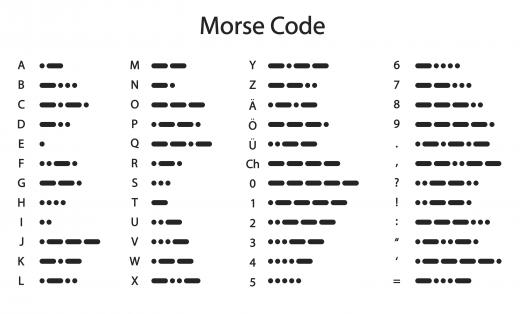What Is Digital Signaling?
Digital signaling is the exchange of coded voltages or currents to effect control communications between two modules or equipment. It started in early telegraphy and telephony at very low speed. Later, digital signaling existed in parallel interfaces between equipment, and later as a serial data stream. Digital signaling has the potential to provide new solutions in all faces of daily living. There are many possibilities for new products and services in both communications and automation.
The early telegraphy that started in the late 1800s was a series of dots and dashes that represented coded characters, which could be considered as slow digital signaling. Later, telephone systems used another slow signaling for on/off hook and pulse dialing. By interrupting the line current, a phone user was able to signal the numbers being dialed. By the late 1900s, parallel digital signaling was very common between modules in computer equipment and accessories such as printers and hard disks. For instance, transistor-transistor logic (TTL) devices were very popular digital circuit family using 0 to 5 volts direct current (VDC) as the standard levels for digital signaling.

As of 2011, there were hundreds of variations in digital signaling used in computing and communications. The layered architecture of the open systems interconnection (OSI) has introduced signaling protocols embedded in other signaling protocols. Digital signal converters have taken many forms, such as converting wired Internet into wireless Internet services.

The digital television (TV) signal is now in broadcast over the air and as digital cable signal. Digital TV sets may receive the signals directly, while analog TV sets may use a converter. The digital TV signal results in a very clear picture free from any form of noise or distortion seen in analog TV systems.
Digital signal processing technology has drastically improved the way and the speed that analog is converted to digital. The digital signal processor (DSP) uses very fast built-in analog-to-digital converters, and the DSP units may be used in groups to compensate for any lack of speed. Digital signal will continue to be improved with the development of better and faster DSP units and components. In television, this not only gives a clearer picture but also allows for interactive TV and video on demand. The home viewer is able to signal the TV station on choices and responses, which is known as interactive mode.
AS FEATURED ON:
AS FEATURED ON:












Discuss this Article
Post your comments